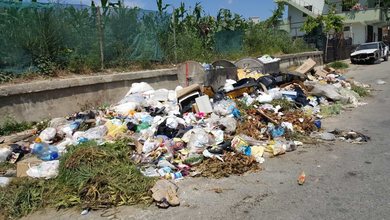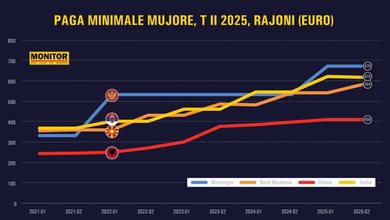
Unemployment has been decreasing in recent years, but within official indicators, major problems appear between the number of people actually employed who receive monthly payments and those who are reported as officially employed.
According to official INSTAT data in 2024, the region with the highest employment rate was Kukës (70.9%) and Gjirokastra (66.0%), while the regions with the lowest employment rate were Lezha (47.6%) and Vlora (51.7%).
While Kukës has the highest employment rate, it comes at the bottom of the ranking of the other 12 regions for monthly household expenses. In 2023, a family in Kukës spent 73,225 lek per month according to INSTAT, the lowest level in the country and 20 percent less than the national average.
When examining the employment structure in Kukës, the agricultural sector dominates. This sector employs 72 percent of the total number of employees, but when it comes to agricultural productivity, Kukës contributes less than any other region to agricultural production in all branches.
Almost all employees reported in agriculture do not have a monthly income; the largest provider of paid employment in this region is the state through local administration, schools, and healthcare.
In 6 regions of the country, Kukës, Elbasan, Dibër, Berat and Korçë, agriculture contributes to more than half of employment, while other sectors of industry and services account for a very small share.
Regions whose employment structure is dominated by industry and services have a higher standard of living.
For example, in the Tirana region last year, services employed 63.8% of the total workforce. 26.7% of the workforce was in the industrial sector and only 9.4% of them worked in agriculture.
The Durrës region has about 31.9% of employees engaged in the industrial sector (marking the region with the largest number of employees in this sector), 39.6% in the services sector and 28.5% in the agricultural sector.
In the Lezha region, services provide 40.7% of total employment, in Vlora 49.2% and Gjirokastra 34.8% of employees are engaged in the services sector, a quarter in the industrial sector and the remaining part, which ranges from 30 to 40%, is engaged in the agricultural sector.
Agriculture is the main contributor to employment with 36.7% of the total in 2024, suffering a slight decrease from the 37.2% level in 2023./ Monitor






















